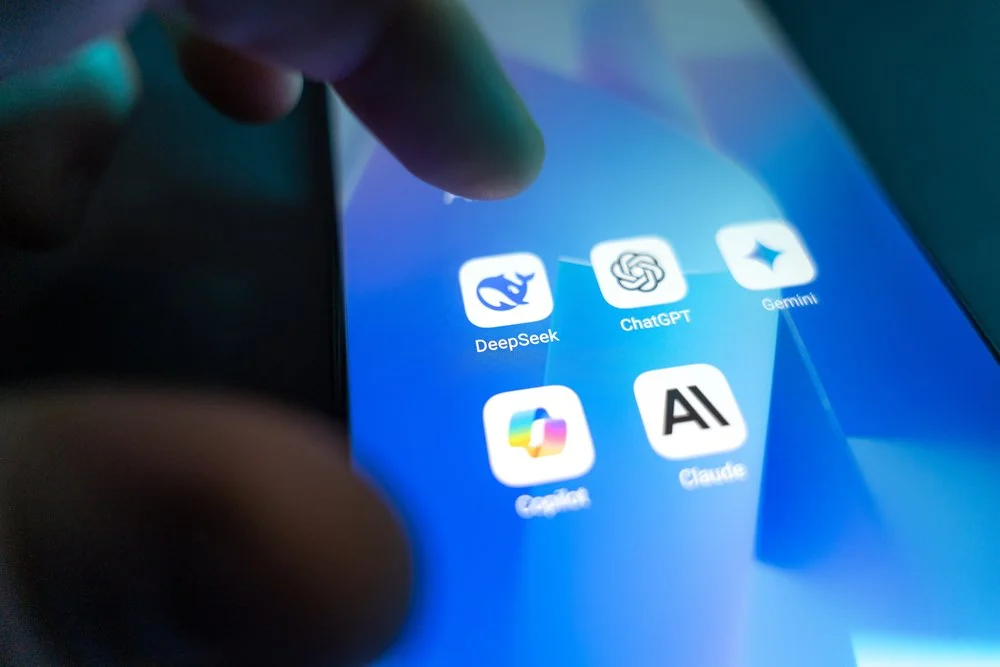What is inclusive web design?
When we navigate a website, it's easy to take for granted how effortless the process can be. Most people can quickly find the information they need and move through a site with ease.
However, for some individuals, accessing and interacting with websites can be a significant challenge. Inclusive design aims to create websites and digital content accessible to everyone, regardless of their abilities or disabilities.
According to the World Health Organization, 16% of the global population has some form of disability. So, ensuring that the online experience you present is inclusive is more than just a trend. We must create a digital world that is open to everyone, and we can do this through inclusive design.
Everyone engages with digital platforms in different ways. However, there is a range of web design practices that you can implement to give an equitable online experience.
Why inclusive web design is important
In a nutshell, inclusive web design translates to universal design. But, fundamentally, it comes down to specific user needs and the usability of your digital platforms - an essential component of digital accessibility.
Accessibly designed websites and apps, such as those created by firms like Hex Productions or my company, One Nine Design, helps to develop an environment that removes bias and includes all users. This approach provides equal access to the content, features, and services your online audience has a human right to.
Inclusive design also enhances ease of use, allowing everyone to interact with a site the same way, no matter what device they use, whether they have a permanent disability or temporary or situational limitations. However, it goes beyond making content accessible to use; it also ensures the information is understandable.
The benefits of inclusive design
There are many upsides to inclusive design and hardly any negatives:
From an SEO perspective, inclusive web design makes your website easier to find in search engine results. Search engine crawlers will identify if a website meets specific accessibility standards. As a result, sites with accessible content are more likely to appear higher in search engine rankings.
It can help your business reach a larger audience. People living with a disability make up a large portion of the population. Designing your website to be inclusive for everyone will help you to tap into a whole new market that may not have been able to access your website otherwise.
An accessible website can increase trust in your brand. When you've cared enough to invest time and resources to ensure equal access to your information, that sends a strong message to your audience about the kind of company or organization you're running.
Inclusive platforms ensure that everyone can navigate your site and interact with its content, often leading to more visitor engagement and an improved customer experience.
Using personas to design inclusively
Creating audience personas is an effective tool, but we're most used to seeing them used in the context of writing content that appeals to our specific audience. We create them to help us understand a person's motivations, fears, frustrations, behaviors, etc.
However, this persona concept can help web designers and developers at the start of a project to build an inclusive online experience. For example, how the user would interact with a website, what device or software they may use to access a website, or what challenges they face as a person with cognitive disabilities.
Creating example personas aids in gaining a great understanding of specific user needs and helps build empathy toward your target audience.
For example, a persona created to represent someone visually impaired will get designers thinking about what aspects of a website need adjustments to ensure a blind or low-vision user can understand and navigate the site just as easily as a sighted person.
Some common design considerations for the visually impaired include:
Use appropriate color contrast: Consider using high contrast between text and background colors. Low contrast may make reading the text difficult for visually impaired individuals. A contrast ratio of at least 4.5:1 is recommended for normal text, while a contrast ratio of 3:1 is recommended for larger text.
Use descriptive alt text: Alt text describes images on a webpage. For visually impaired individuals who use screen readers, alt text is crucial to understanding the webpage's content. Ensure that all images have descriptive alt text that accurately describes the image's content unless they are only for decorative purposes. In this case, use the property "null" for the alt text to not waste the reader's time.
Provide keyboard navigation: Many visually impaired individuals use keyboard navigation instead of a mouse. Ensure that all interactive elements, such as links and buttons, can be accessed using the keyboard. Use a logical tab order to make navigation more accessible, and test your accessibility methods using a tool like the axe browser extension.
Use descriptive headings and form labels: Use descriptive headings and form labels to make it easier for visually impaired individuals to understand the webpage's structure. Use appropriate heading levels (always starting with an H1 and going in descending order down the page) and ensure that labels accurately describe the content of the form fields.
Provide alternative formats: For video content, follow all accessibility requirements, such as captions or transcripts (varying for live vs. pre-recorded content) for videos and downloadable PDFs for documents.
Specific web design practices to promote inclusivity
There isn't a one-size-fits-all solution in inclusive web design. However, there are ways to help close the gap between different user experiences.
Here are some additional considerations beyond what is listed above:
Present content in alternative formats. When designing your website (or working with a professional website design agency), include a mixture of graphics, videos, audio, and text to convey a message. Some users will find processing information easier through different media types.
Use a clear legible font with adequate character and line spacing.
Check that your color contrast ratios between background and foreground colors are sufficient. Deque has a great color contrast checker available for free.)
Keep your designs simplistic. Minimalism is best, with clear and consistent structures throughout web pages.
Get first-hand feedback from users with disabilities, in addition to using automated and manual accessibility testing tools. (Free website accessibility check)
Ensure that tasks like online forms can be completed using assistive devices.
Remove auto-playing features that can cause anxiety for users or present difficulties for screen-reader users, and always use captions.
Website Accessibility Testing
Inclusive design is an ongoing practice where progress over perfection is necessary.
The best way to ensure your website is inclusive and meets accessibility guidelines is to review and understand the Web Content Accessibility Guidelines (WCAG). These guidelines will give you step-by-step instructions to work towards achieving accessibility. To check whether your website conforms to these guidelines, you can use an automated WCAG tester.
If and when you have the resources, reach out to an inclusive design expert for more help and insight.
Access for All is a web accessibility online course designed for businesses, organizations, anyone who maintains a website, or website designers who want to create a more inclusive and accessible online presence.
You might find these related posts helpful…






